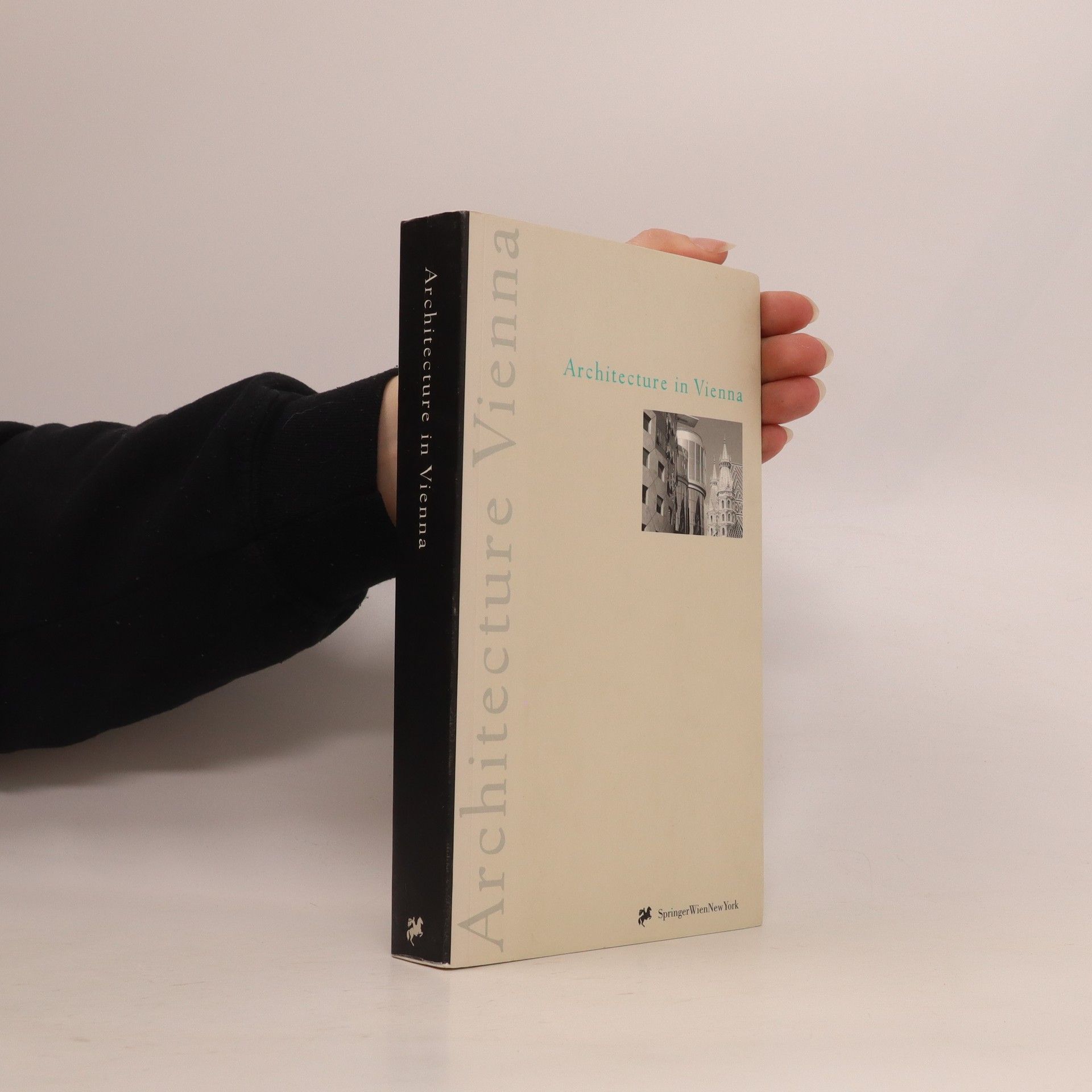Architecture in Vienna
- 390pages
- 14 heures de lecture
This architectural guide is the first comprehensive publication on Vienna that can be used both as guide and lexicon. A selection of 500 buildings in the city, ranging from examples of the Gothic period to those of our century was compiled by a team of specialists in the field, and is accompanied by essays on the history of the city, its recent history, residential building and 20th century architecture in Vienna. 450 photos and over 100 drawings give concrete information on the physical fabric of Viennese architecture, and well-known architects have devised routes taking in the interesting examples and given personal tips, bringing to life the icons of the Viennese building tradition. TOC: Introduction - How to use this guide.- Renate Banik-Schweitzer, Vienna - Development of the City.- August Sarnitz, Twentieth century Viennese architecture.- Dietmar Steiner, Residential building in Vienna.- Colour Photographs by Georg Riha.- Plans, Buildings and Recommendations of Vienna's 23 Districts and the Surrounding Districts - Purkersdorf, Klosterneuburg, Schwechat, Perchtoldsdorf.- Buildings in the Surrounding Districts.- Siegfried Mattl, Notes on Vienna's Contemporary History.- Chronology of the Buildings.- Index.


